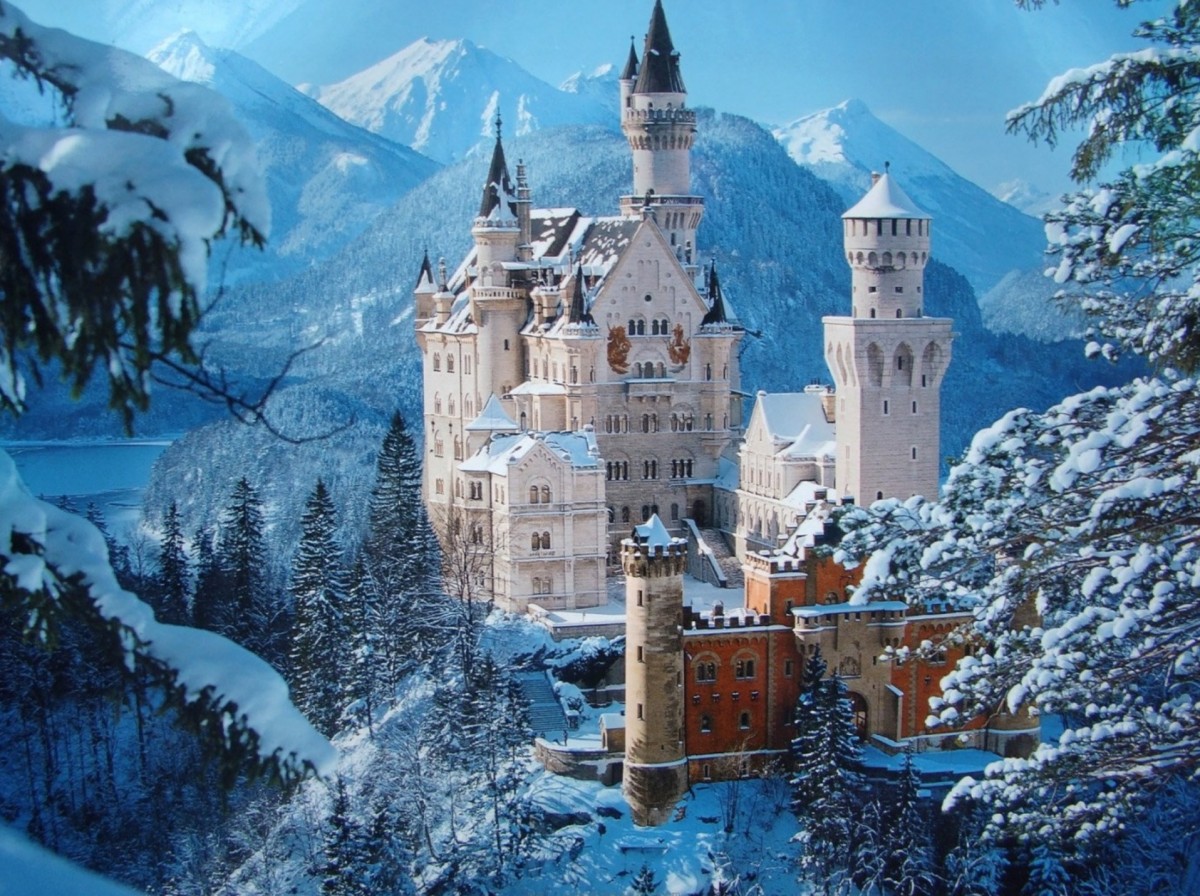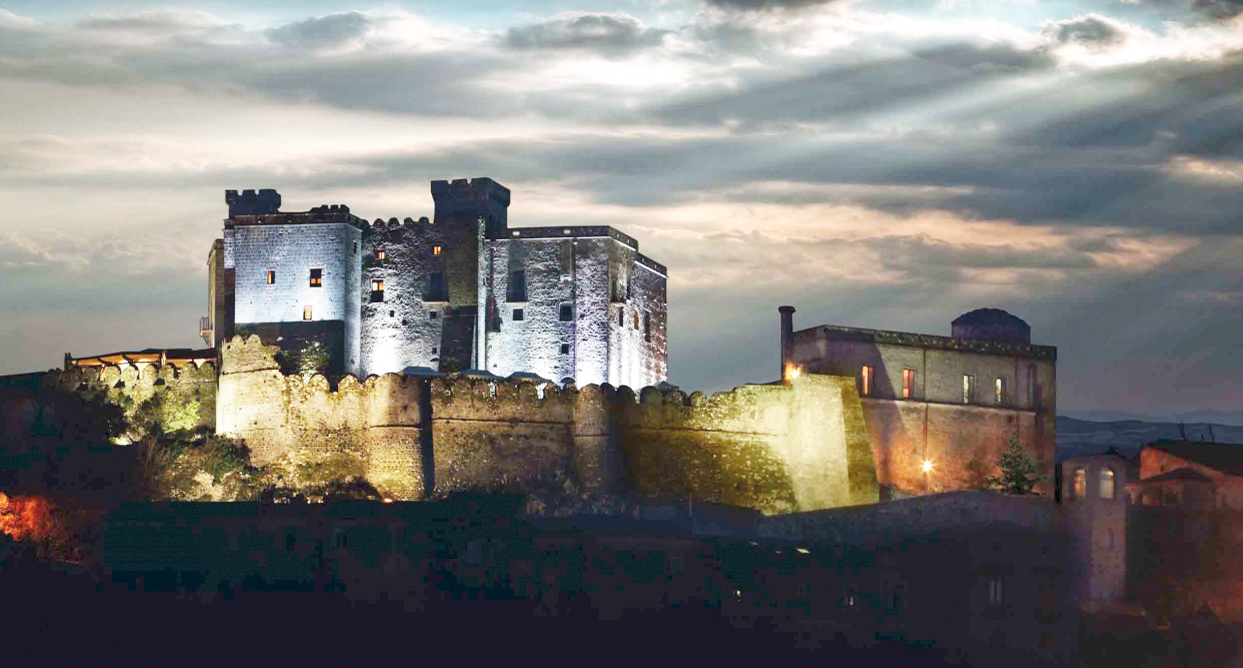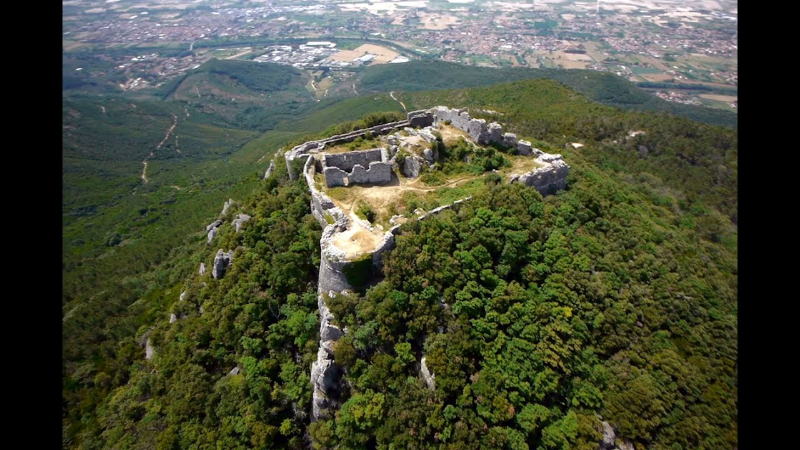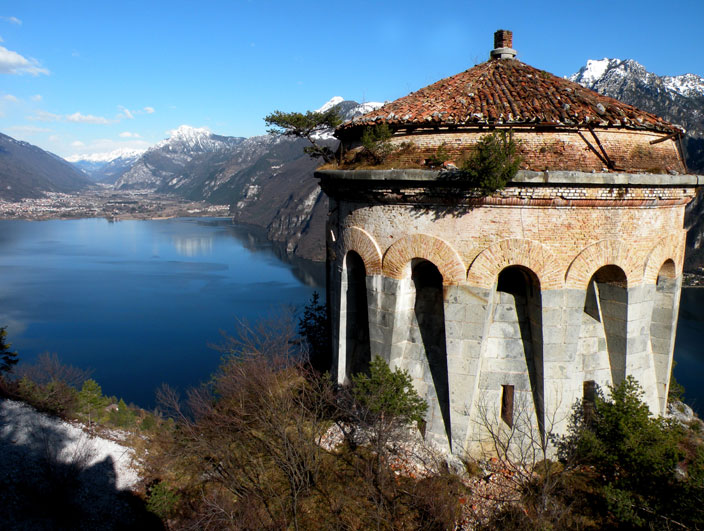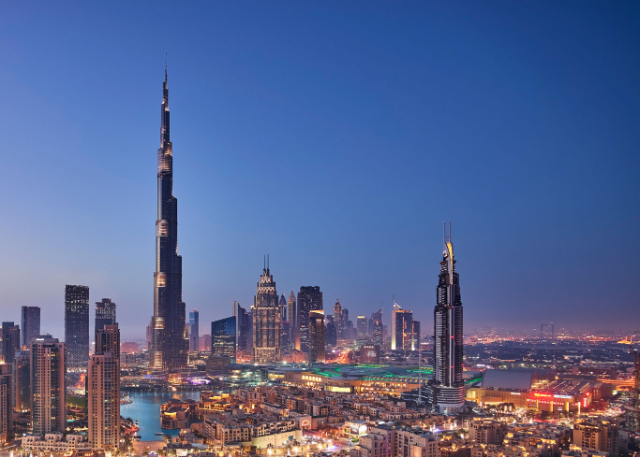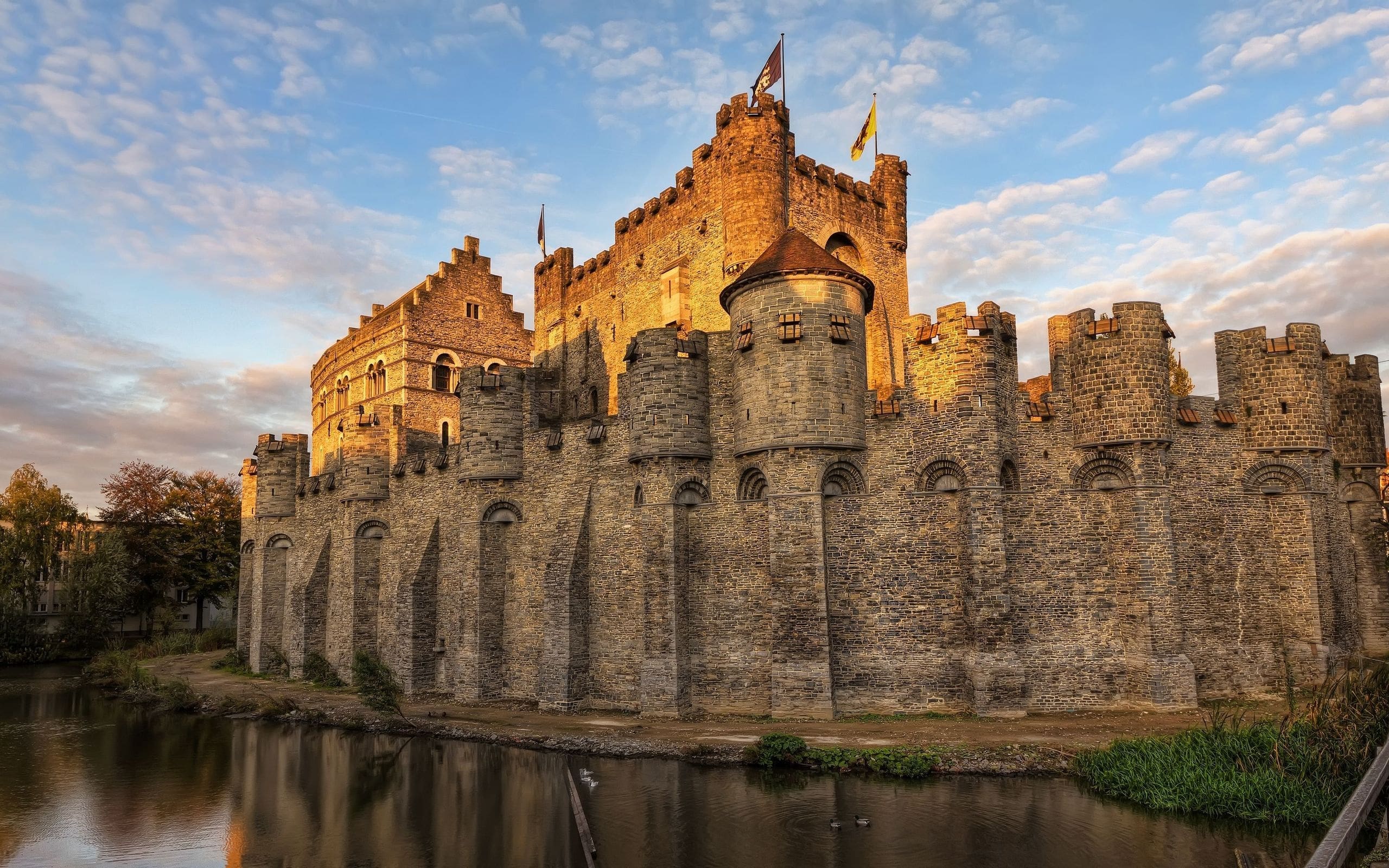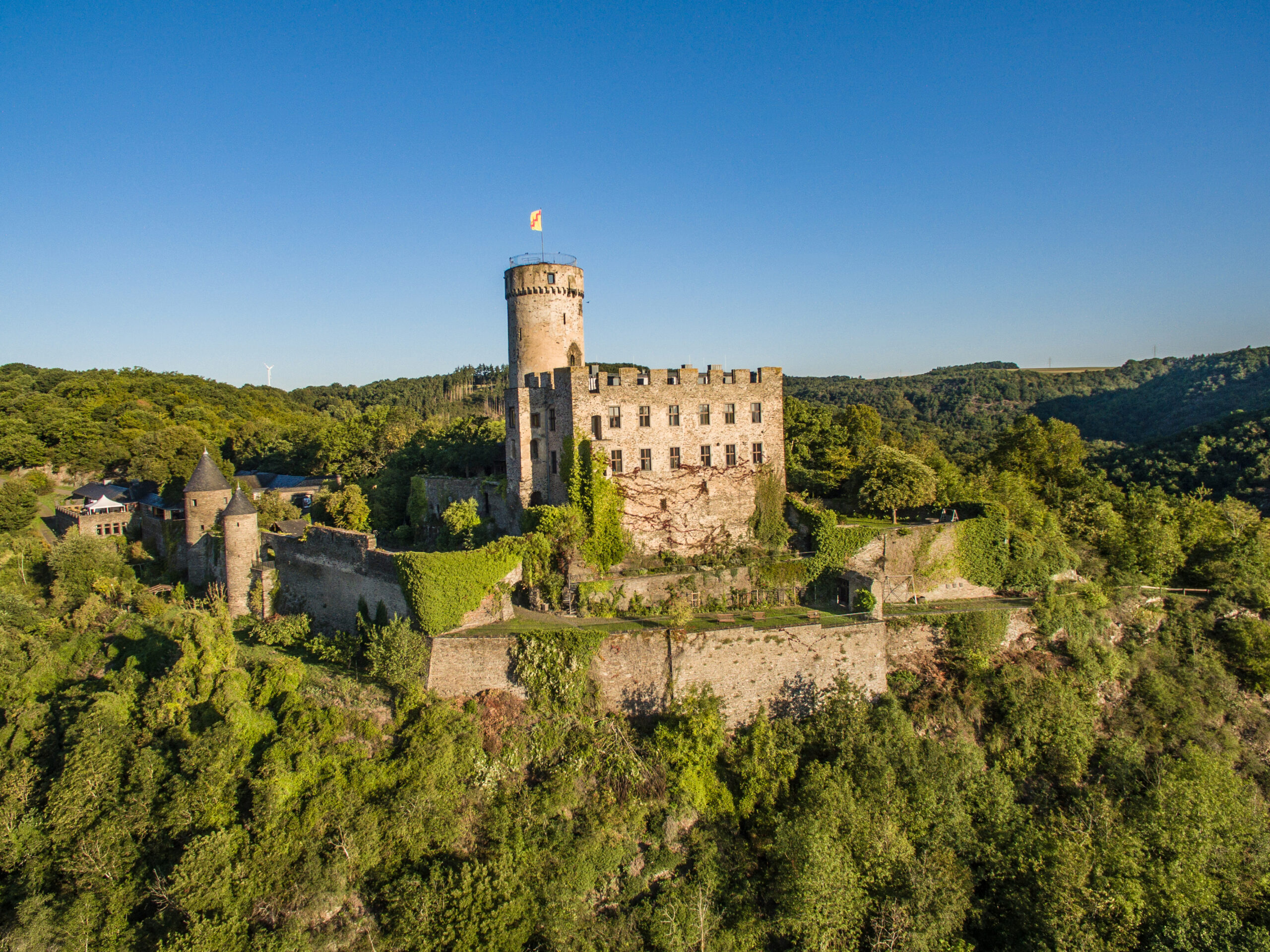Just seven weeks after the death of King Ludwig II in 1886, Neuschwanstein Castle was opened to the public. The shy king had built the castle as a sanctuary to withdraw from public life—now, vast numbers of people came to view his private refuge. Today, Neuschwanstein is one of the most popular of all the palaces and castles in Europe. Every year, 1.4 million people visit this “castle of the fairy-tale king.” In the summer, around 6,000 visitors a day stream through rooms that were intended for a single inhabitant.
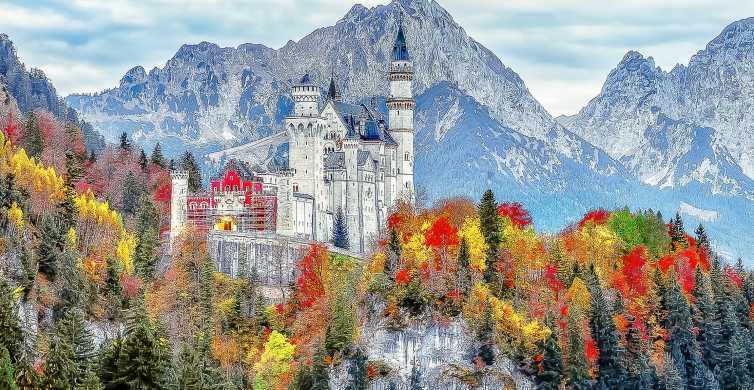
The castle’s architecture is renowned for its opulent romanticism, heavily influenced by Ludwig’s fascination with the operas of Richard Wagner. Many rooms are themed after Wagner’s characters, immersing visitors in a mythical, theatrical setting that complements the breathtaking natural scenery.
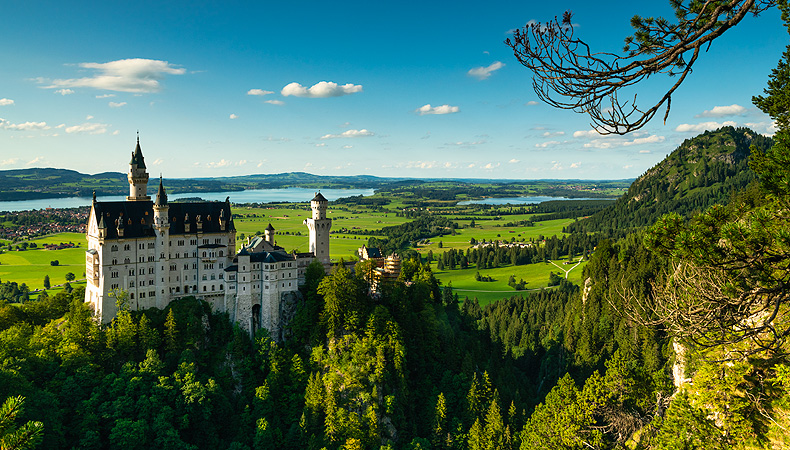
The setting of Neuschwanstein could not be more idyllic, perched atop rugged cliffs with panoramic views of Bavaria’s lush landscapes. However, the castle’s location also brings challenges; movement in the foundation area has to be continuously monitored, and the sheer rock walls must be repeatedly secured. The harsh climate also takes a toll on the limestone façades, necessitating ongoing renovations section by section over the coming years.
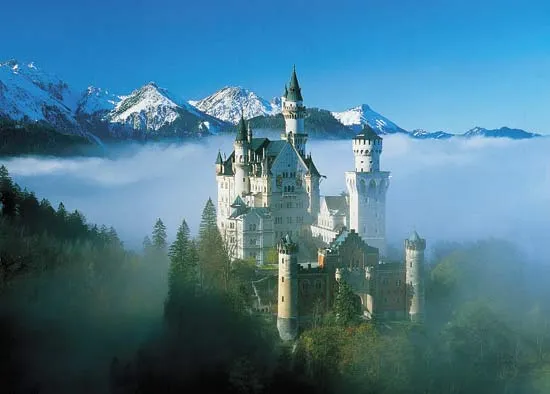
Neuschwanstein is not just a marvel of architectural beauty; it’s steeped in legends and stories. It is said that King Ludwig II built this fantastical castle to escape reality, creating a world of his own that reflects his ideals and dreams. Today, the castle stands as a testament to Ludwig’s vision, drawing visitors into its spellbinding tale.
For those planning a visit or seeking more detailed information about Neuschwanstein Castle and other historic European landmarks, resources like Secret World provide comprehensive travel guides and tips. Additionally, for those interested in exploring more about the romantic history and architectural wonders of Germany, this comprehensive guide offers extensive information and practical advice to enhance your travel experience.

